A Drill to Improve Positioning, Tracking, and Timing for Fly Ball Catches
The Fly Ball Tracking Drill helps players improve their ability to track and catch fly balls by focusing on positioning, timing, and reading the ball’s flight path. This drill is essential for developing effective outfield skills and confidence with fly balls.
The Fly Ball Tracking Drill is a fundamental exercise for developing outfield skills, teaching players how to track, position, and time their movements to make successful catches. With regular practice, players will gain confidence and develop a reliable skill set for handling fly balls in game situations.
Difficulty Rating: ★★★☆☆ (Moderate)
Time Estimate: 15-20 minutes
Setup:
- Equipment Needed:
- Baseballs (or tennis balls for younger players)
- A bat for the coach to hit fly balls
- Gloves for each player
- Player Positioning:
- Players line up in the outfield, ideally spread out to cover a wide area for individual fly balls.
- The coach stands at home plate or in a designated spot in the infield and prepares to hit fly balls to various spots in the outfield.
- Safety Considerations:
- Ensure that players are spaced safely apart to avoid collisions.
- Make sure players are ready and paying attention to avoid missed balls or unnecessary risks.
How to Run the Drill:
- Coach Positioning and Hitting:
- The coach should hit fly balls with varying heights, distances, and trajectories. Start with shorter, easier fly balls, gradually working up to deeper and more challenging hits.
- Begin with fly balls hit directly to the player to build confidence, then add fly balls to their left, right, and deeper to develop range and positioning.
- Player Tracking and Positioning:
- As the ball is hit, players should focus on taking quick initial steps to position themselves correctly under the ball.
- Emphasize proper tracking by teaching players to keep their eyes on the ball and adjust their speed as needed to reach the ball comfortably.
- Encourage players to call for the ball (“I got it!”) to build communication skills, especially if they’re practicing with multiple players nearby.
- Repetitions:
- Each player should get 5-10 fly balls per round. Rotate players through the drill and provide rest between sets if necessary.
- Depending on the size of the group, the drill should last 15-20 minutes, allowing each player ample practice time.
- Variations:
- For more advanced players, add in high pop-ups, line drives, and difficult angles to simulate game situations. You can also hit fly balls to simulate windy or sun-drenched conditions to increase the challenge.
Why You Run This Drill:
The Fly Ball Tracking Drill is essential for developing outfield skills and confidence when handling fly balls. Tracking and catching fly balls is a critical skill for outfielders and infielders, as it requires good timing, footwork, and coordination. Practicing this drill helps players feel more comfortable under the ball, read its trajectory, and position themselves correctly to make the catch.
Key Skills Developed:
- Positioning and Footwork: Players learn to position themselves properly based on the ball’s height, speed, and direction.
- Timing and Judgement: The drill sharpens players’ ability to judge distances, which is crucial for accurate catches.
- Confidence in Catching: Repetitive practice builds confidence, helping players stay calm and focused under high fly balls.
Pros and Cons of the Drill:
Pros:
- Develops Essential Skills: Teaches players essential skills needed for outfield play, such as tracking and judging fly balls.
- Game-like Situations: Simulates real game situations, allowing players to practice under realistic conditions.
- Builds Confidence: Helps players overcome common fears associated with catching fly balls, especially those with high arcs or difficult angles.
Cons:
- Difficulty for Beginners: Younger players may struggle with catching fly balls, so extra patience and instruction may be needed.
- Weather Dependence: This drill is most effective outdoors, and windy conditions or bright sun can add challenges. Remind players to practice adjusting to these conditions as part of their skill development.
Coaching Notes & FAQs:
Coaching Tips:
- Focus on First Steps: Encourage players to take their first step back rather than forward when judging a fly ball. It’s easier to move forward than back if they misjudge the distance.
- Use Proper Glove Positioning: Remind players to position their glove correctly and avoid unnecessary movements. For right-handers, they should have their glove turned slightly open with their thumb toward the ground.
- Practice Communication: Emphasize the importance of calling for the ball (“I got it!”) to avoid confusion and build teamwork, especially if more than one player is practicing nearby.
Frequently Asked Questions:
- What should I do if a player struggles to track the ball?
- If a player has difficulty tracking the ball, start with shorter, easier fly balls directly toward them. Encourage them to keep their head still and eyes on the ball, and work on improving their reaction time and initial steps.
- How can I help a player who is afraid of getting hit by the ball?
- Use softer balls or tennis balls to help players build confidence. Start with low, easy tosses and gradually work up to higher hits as they become more comfortable. Remind them to stay focused on the ball and trust their glove.
- Is this drill suitable for all ages?
- Yes, but it’s essential to adjust the difficulty based on age and skill level. For younger players, start with shorter distances and lower heights. As players develop, increase the difficulty by hitting balls with greater height and variety.
- How often should this drill be run?
- Run this drill 1-2 times per week as part of regular outfield practice. Consistent exposure will help players develop strong tracking and catching skills, which are essential for game situations.
